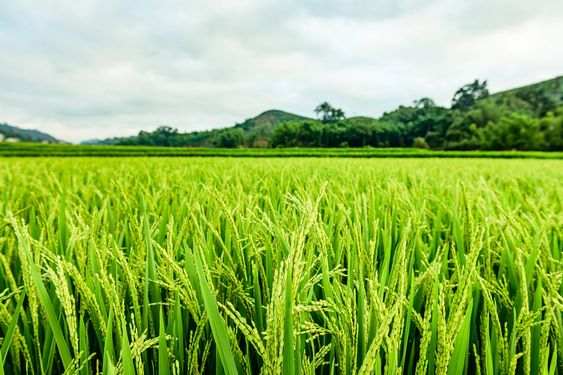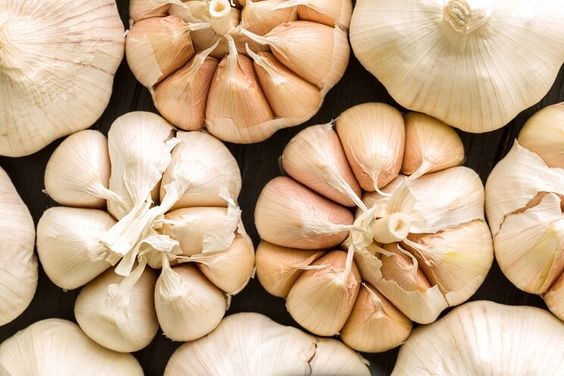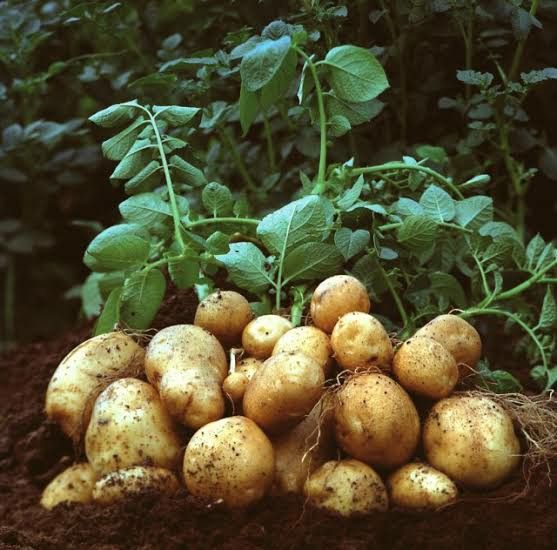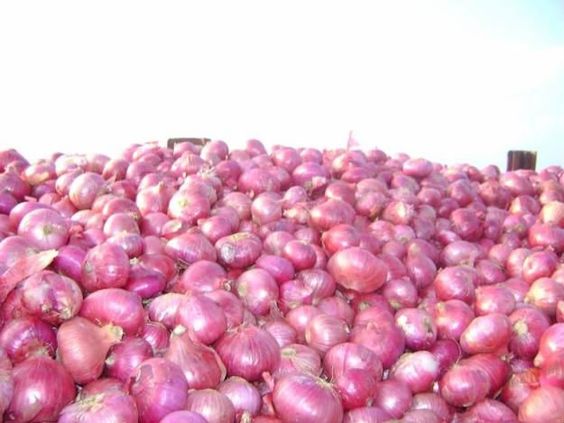Conservation Agriculture 2024: A Sustainable Approach to Modern Farming
Conservation agriculture (CA) is an innovative farming approach that aims to enhance agricultural productivity while preserving the environment. With increasing global concerns about food security, climate change, and soil degradation, conservation agriculture offers a sustainable solution that minimizes land disruption and promotes ecological balance. This article will explore what conservation agriculture is, its advantages, benefits, goals, and the broader impact it can have on the agricultural sector and the environment.
Contents
What is Conservation Agriculture?
Conservation agriculture refers to a set of farming practices designed to improve soil health, increase crop yields, and reduce the adverse environmental impacts of agriculture. The key principles of conservation agriculture include:
- Minimal Soil Disturbance: Conservation agriculture advocates for reduced tillage or no-till farming, which helps maintain soil structure, enhances water retention, and minimizes erosion.
- Soil Cover: The practice emphasizes keeping the soil covered with crop residues or cover crops to protect the soil from erosion, improve moisture retention, and enhance soil organic matter.
- Crop Rotation: Diverse cropping systems are encouraged to break pest and disease cycles, improve soil fertility, and increase biodiversity.
These principles work together to create a resilient farming system that supports sustainable agricultural practices.

Advantages of Conservation Agriculture
1. Improved Soil Health
One of the most significant advantages of agriculture is the enhancement of soil health. By minimizing soil disturbance, CA preserves soil structure, increases organic matter, and improves nutrient cycling. Healthy soil leads to better root development, improved water infiltration, and reduced erosion, creating a more sustainable farming environment.
2. Increased Crop Yields
agriculture can lead to higher crop yields over time. Healthy soil with good structure and nutrient availability supports robust plant growth. Additionally, the practice of crop rotation can mitigate pest and disease pressures, leading to more consistent and higher yields.
3. Reduced Water Usage
With improved soil structure and increased organic matter, conservation agriculture enhances the soil’s ability to retain moisture. This reduces the need for irrigation, making CA a water-efficient farming practice. As water scarcity becomes a pressing global issue, the adoption of CA can help farmers use water more sustainably.
4. Carbon Sequestration
agriculture plays a vital role in mitigating climate change by sequestering carbon in the soil. By reducing soil disturbance and maintaining soil cover, CA practices can capture atmospheric carbon dioxide and store it in the soil as organic carbon. This not only helps combat climate change but also improves soil fertility.
5. Biodiversity Enhancement
By promoting crop rotation and minimizing chemical inputs, conservation agriculture encourages biodiversity in agricultural ecosystems. Diverse cropping systems can attract beneficial insects, enhance pollination, and create a more balanced ecosystem, contributing to overall agricultural resilience.
Benefits of Conservation Agriculture
1. Economic Viability
While the initial transition to conservation agriculture may require investment in new practices and equipment, the long-term economic benefits are significant. Reduced soil erosion, improved yields, and lower input costs for fertilizers and pesticides can lead to increased profitability for farmers. Moreover, the resilience offered by CA practices can protect farmers from the economic shocks associated with climate variability.
2. Environmental Protection
Conservation agriculture has a lower environmental footprint compared to conventional farming methods. By reducing chemical usage and minimizing soil disturbance, CA practices can lead to cleaner water sources and healthier ecosystems. This approach supports sustainable farming by protecting biodiversity and promoting ecological balance.
3. Enhanced Resilience to Climate Change
As climate change continues to impact global agriculture, conservation agriculture provides a pathway for farmers to adapt. By improving soil health and water retention, CA practices enhance the resilience of farming systems to extreme weather events, such as droughts and floods.
4. Support for Smallholder Farmers
Conservation agriculture is particularly beneficial for smallholder farmers who often face resource constraints. The practices involved in CA can help these farmers achieve food security and improve their livelihoods through sustainable land management techniques. Furthermore, CA’s emphasis on local knowledge and practices aligns with the needs and realities of smallholder farming systems.

Goals of Conservation Agriculture
1. Sustainable Land Management
The primary goal of agriculture is to promote sustainable land management practices that enhance soil health and productivity while minimizing environmental impact. This involves implementing techniques that protect and restore soil quality, ensuring long-term agricultural sustainability.
2. Food Security
Conservation agriculture aims to enhance food security by increasing crop yields and promoting resilience in farming systems. By improving soil health and water management, CA practices can help meet the growing global demand for food in the face of climate change and population growth.
3. Climate Change Mitigation
Through carbon sequestration and reduced greenhouse gas emissions, agriculture plays a crucial role in mitigating climate change. The adoption of CA practices can contribute to national and global climate goals, helping to combat the adverse effects of climate change on agriculture.
4. Community Engagement and Education
Another goal of agriculture is to engage local communities in sustainable practices and education. By promoting knowledge sharing and capacity building, conservation agriculture can empower farmers to adopt innovative techniques that benefit their livelihoods and the environment.
Implementation Strategies for Conservation Agriculture
To fully realize the benefits of conservation agriculture, farmers and agricultural stakeholders must implement effective strategies. Here are some practical approaches to consider:
1. Training and Education Programs
Education is vital for the successful adoption of conservation agriculture. Training programs can equip farmers with the necessary skills and knowledge about conservation techniques, soil health management, and sustainable practices. Workshops, field demonstrations, and peer-to-peer learning can help build a supportive community of practice among farmers.
2. Government and Policy Support
Supportive government policies play a crucial role in promoting conservation agriculture. Governments can provide incentives for farmers to adopt CA practices, such as grants, subsidies, and technical assistance. Additionally, policies that encourage research and development of sustainable technologies can foster innovation in conservation agriculture.
3. Research and Development
Investing in research and development is essential to understand the local conditions and challenges faced by farmers. Collaborations between agricultural research institutions, universities, and farming communities can help identify best practices, suitable crops, and innovative techniques that align with conservation agriculture principles.
4. Access to Resources
Providing farmers with access to resources such as seeds, cover crops, and equipment is critical for the successful implementation of conservation agriculture. Local cooperatives and agricultural extension services can facilitate access to these resources, ensuring that farmers have what they need to transition to CA practices.
5. Monitoring and Evaluation
To assess the effectiveness of conservation agriculture, monitoring and evaluation systems must be established. Collecting data on soil health, crop yields, and environmental impacts can help identify successes and areas for improvement. This information is invaluable for refining practices and demonstrating the benefits of conservation agriculture to stakeholders.

Challenges to Adoption
While conservation agriculture offers numerous benefits, there are also challenges to its adoption:
1. Initial Investment Costs
Transitioning to conservation agriculture may require an initial investment in new equipment and practices. For some farmers, particularly smallholders, this can be a significant barrier. Financial assistance programs and flexible loan options can help ease this burden.
2. Knowledge Gaps
Many farmers may lack knowledge of conservation practices or the benefits they offer. Overcoming this knowledge gap requires targeted education and outreach efforts to demonstrate the long-term advantages of adopting CA.
3. Resistance to Change
Farmers accustomed to traditional farming practices may be resistant to change. Building trust and showcasing success stories can encourage farmers to experiment with conservation agriculture techniques.
4. Environmental Conditions
Local environmental conditions, such as climate, soil type, and water availability, can influence the effectiveness of conservation agriculture practices. Tailoring strategies to specific contexts and encouraging adaptive management can help address these challenges.
agriculture offers a sustainable pathway for modern farming, addressing pressing issues such as soil degradation, water scarcity, and climate change. By focusing on minimal soil disturbance, soil cover, and crop rotation, conservation agriculture enhances soil health, increases crop yields, and promotes environmental protection. The economic viability and resilience that CA provides make it an essential practice for farmers seeking to navigate the challenges of the 21st century. As the agricultural sector continues to evolve, the principles of conservation agriculture will play a crucial role in shaping a sustainable future for food production. By adopting these practices, farmers can contribute to a healthier planet while ensuring food security for generations to come.




